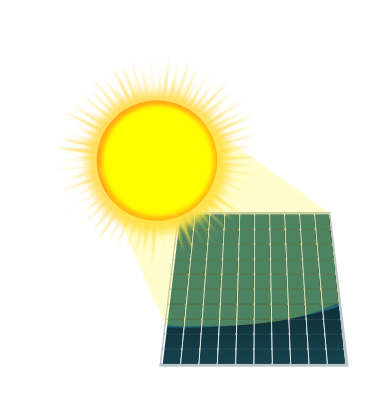What the hell? I had 60A in my house in Japan and that was an upgrade. Why the hell do Americans need 200A?
Large parts of the US are quite cold in the winter; the large budget is to allow running a fairly large heat pump at the same time as charging a car and running a bunch of high-energy appliances.
Good read. I’m in the same situation: bought a house with 100A service and want to replace my hot water heater and furnace with heat pump models of both. Everything else is already electric, so I’ve been debating the need to upgrade the panel before replacing my last two gas appliances. (I think I was told that my drop can support 200A)
Yeah, whether you can do it or not is going to come down to just how many amps do you need on the heat pump. Larger houses with worse insulation in colder climates will need the 200A circuit.
I’m already electrically budgeted for central A/C, so I figure replacing the existing unit with a heat pump would be more or less “break-even”. The heat pump may even end up being slightly more efficient than the 8 y/o AC unit I have now :)
So I guess the only new load would be the heat pump water heater.
I do plan to get an EV and install a charger in the next 5 years or so, so I’ll likely end up having to upgrade my panel for 200A anyway.
What I’d look at then is demand management - basically software to delay charging the car while you run the oven or run the hot water heater on its fast-heat cycle. That can keep you inside 100A
do americans use 120v ? if yes even 200A is barely enough. where i live we use 220v@60A. Anything beyond a tri-phase meter and a permit will be needed
Large appliances (water heaters, furnaces, ovens, heat pumps/air conditioners, clothes dryers) typically use 240v and have dedicated circuits but yeah, everything else is 120v.
so a house with 120v@200A will have a capacity of 24kw. I am really curious about how is that divided between heating devices. I can tell already 7-11 kw will be dedicated for EV charging if existed
It’s closer to 48kw. North American (residential) power is weird. lol.
We use what’s called split phase where basically you have three wires coming into your electric panel: two “hot” ones each carrying 120v and one ground.
The breaker box is staggered so that every other slot is powered by one or the other 120v inputs. To get 240v for large appliances, we use big, double-breakers which connect both of the 120v inputs together.
The rest of the 120v circuits are staggered across the two 120v inputs. e.g. If one of the two “hot” cables was disconnected, roughly half the outlets in your house would still work.
48kw just for residential! hell that is alot!
It is but thankfully most people never use anywhere near that much (at least, normal people lol).
yea cause that sounds like industrial scale capacity!
nonetheless, it helps to have a thermally isolated residence to avoid warmth dissipation



